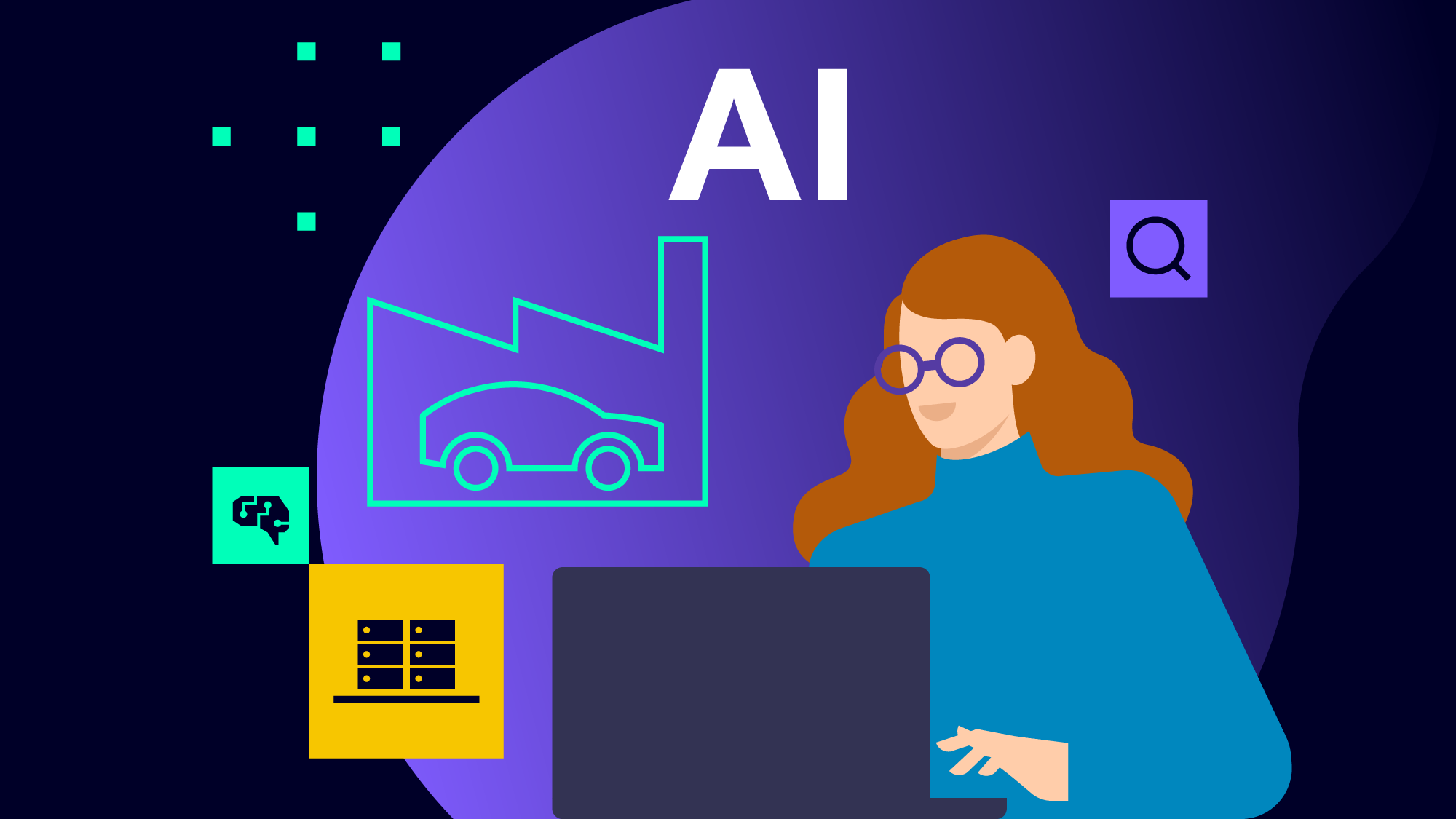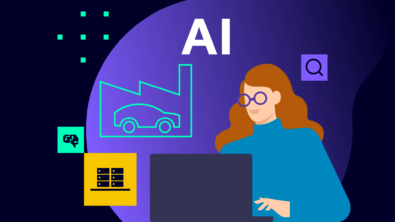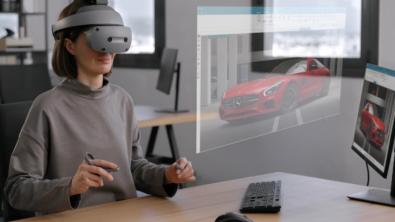How AI is streamlining PLM systems

In the continuing process of digitalization undertaken across all industries, process lifecycle management or PLM systems are a key cornerstone that help connect information across every stage of a products life. While PLM systems help in aggregating and orchestrating data and operations, they can be challenging to interact with, and it can be hard to extract value and insights from the huge amounts of data available within them. AI, however, offers a new approach to addressing these challenges.
In a recent podcast, Charlie Aldave, Product Marketing Manager for Siemens Digital Industries Software, talked about the ways AI is being applied within Teamcenter, especially around safely applying both general and generative AI techniques to make it easier to interact with both the tools and data found within PLM software.
Check out the full episode here or keep reading for a summary of the highlights.
AI finds the answer
PLM systems like Teamcenter contain a vast amount of data in a wide range of formats from word documents and PDFs to requirements files to Solid Data drawings. This information is highly valuable but, between varying data formats and the challenge of aligning natural language search terms with stored files, searching for and retrieving relevant information can be difficult. Charlie, highlights how AI can be applied to solve this is multiple ways.
An AI approach to tackling data retrieval that has recently been gaining popularity is retrieval augmented generation or RAG, a method that uses generative AI to easily search for and retrieve information through natural language. Teamcenter implements this through a tool called Teamcenter AI Chat, allowing users to search for information across any format through simple natural language interactions with a generative AI chatbot.
The other advantage of this approach is to offer hallucination free response, a major concern for generative AI in critical applications. While RAG solutions do generate responses, just like any other generative AI would, rather than pulling information solely from their training data, they instead have access to whatever knowledge base they’re designed for instead – in this case all the information stored within Teamcenter. This means that when answering, the AI chatbot returns hard, referenceable facts every time and it can even tell a user if it doesn’t know something, rather than hallucinating an answer.
AI simplifies search
Continuing in the trend of data retrieval, Charlie explains how Teamcenter is using AI to seamlessly improve regular search functions as well. By integrating an AI model that can better understand the intent of a user’s search, as well as having an understanding of the content of various types of files being indexed, search functionality can offer a more intelligent response beyond simply matching keywords or tags.
Since AI models can understand the context of a search and relate that to things such as a BoM, a CAD model or a picture, it’s possible for this AI-powered search to offer results with a human-like accuracy while still retaining a computers ability to handle vast quantities of data. This in turn makes the system easier and more intuitive to use, especially for newer users who might be less familiar with naming conventions or more advanced search options. This can also help reduce repeat work, as users are more easily able to find what they are looking for rather than having to do work over again.
Artificial intelligence is positioned to have a huge impact on the design process, especially as the digitalization of industry continues and more data, tools, and systems become connected with each other. Tools like Teamcenter and their AI implementation show the first steps of that process by deploying AI as an assistant to bridge the gap between human and machine capabilities, allowing users to take full advantage of available data and their respective strengths while simultaneously mitigating their shortcomings. AI implementations like this pave the way for greater collaboration between humans and AI in the future, allowing each to play to their strengths and achieve more than either could alone.
Siemens Digital Industries Software helps organizations of all sizes digitally transform using software, hardware and services from the Siemens Xcelerator business platform. Siemens’ software and the comprehensive digital twin enable companies to optimize their design, engineering and manufacturing processes to turn today’s ideas into the sustainable products of the future. From chips to entire systems, from product to process, across all industries. Siemens Digital Industries Software – Accelerating transformation.


